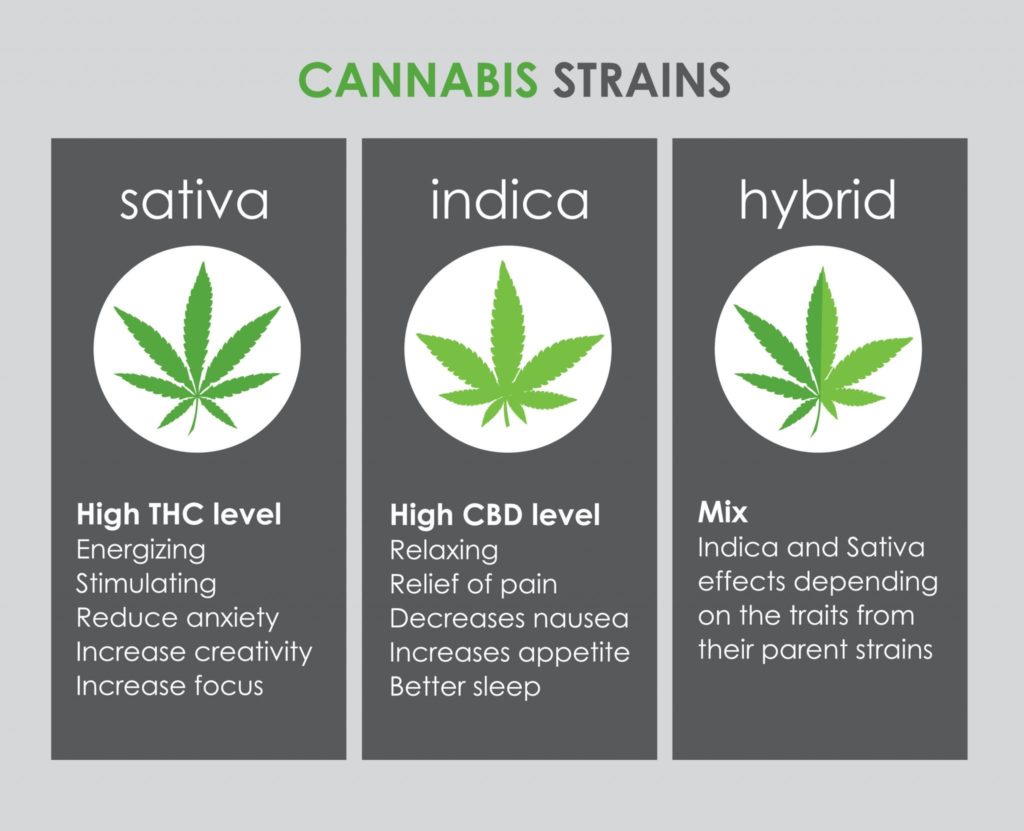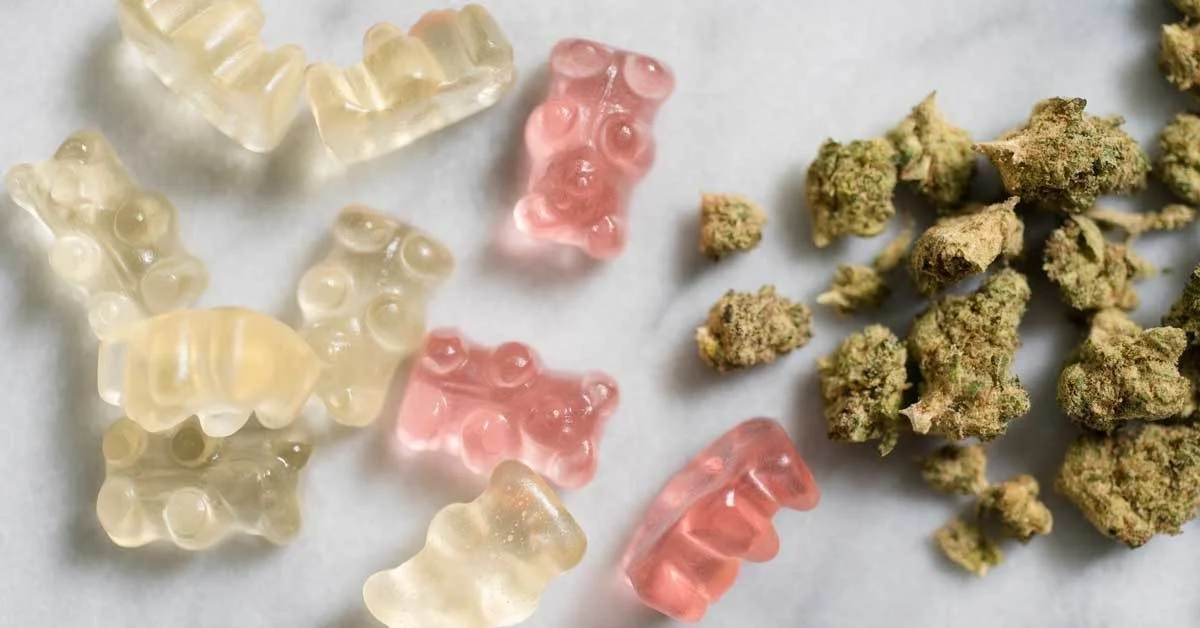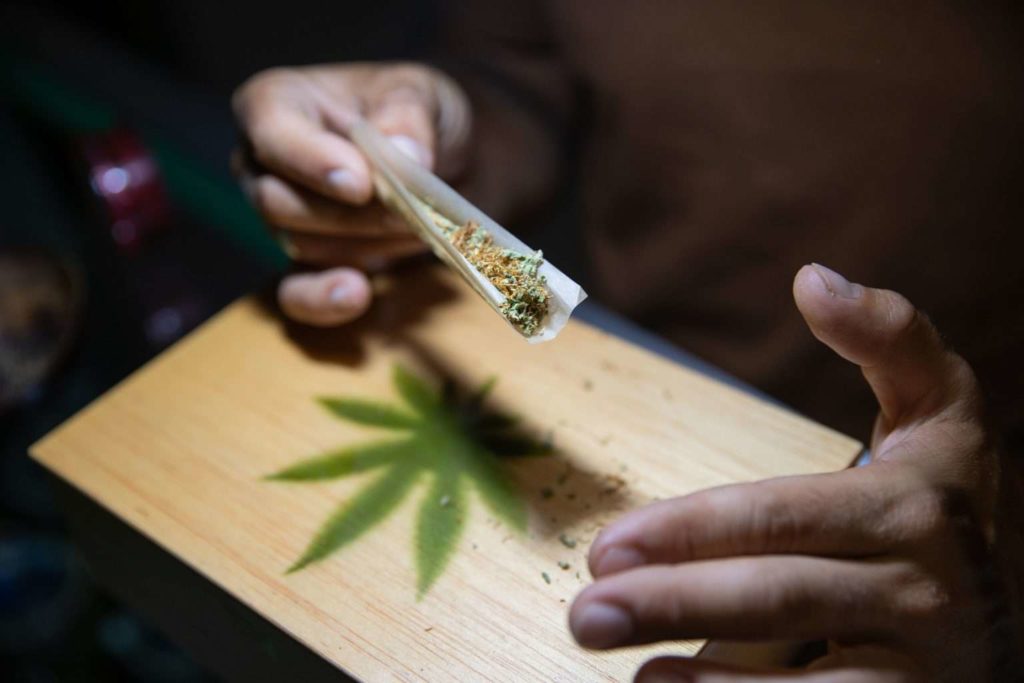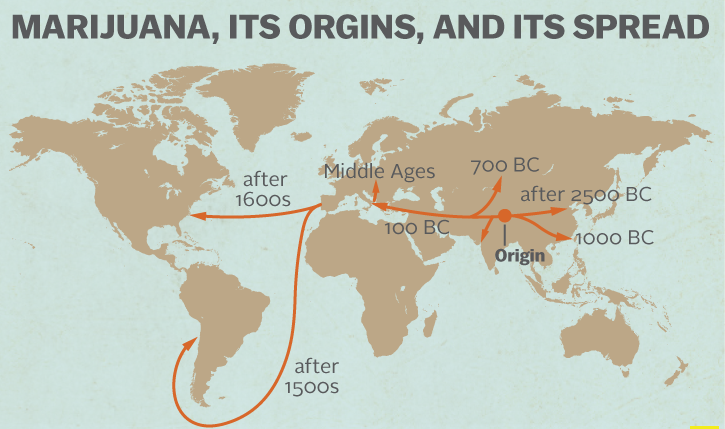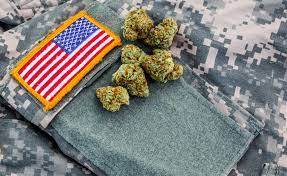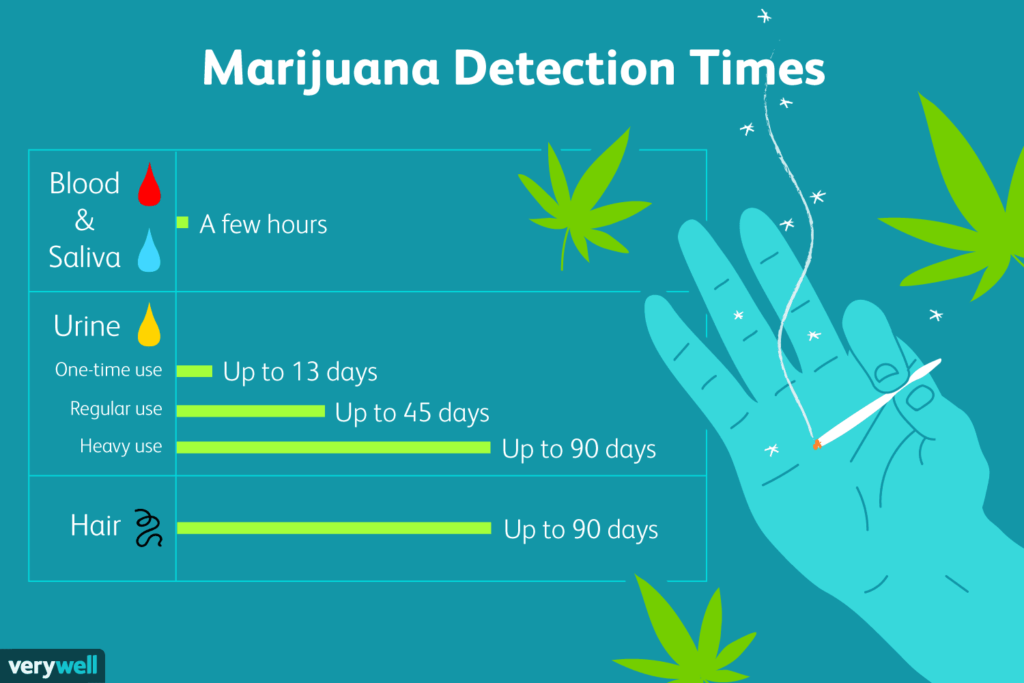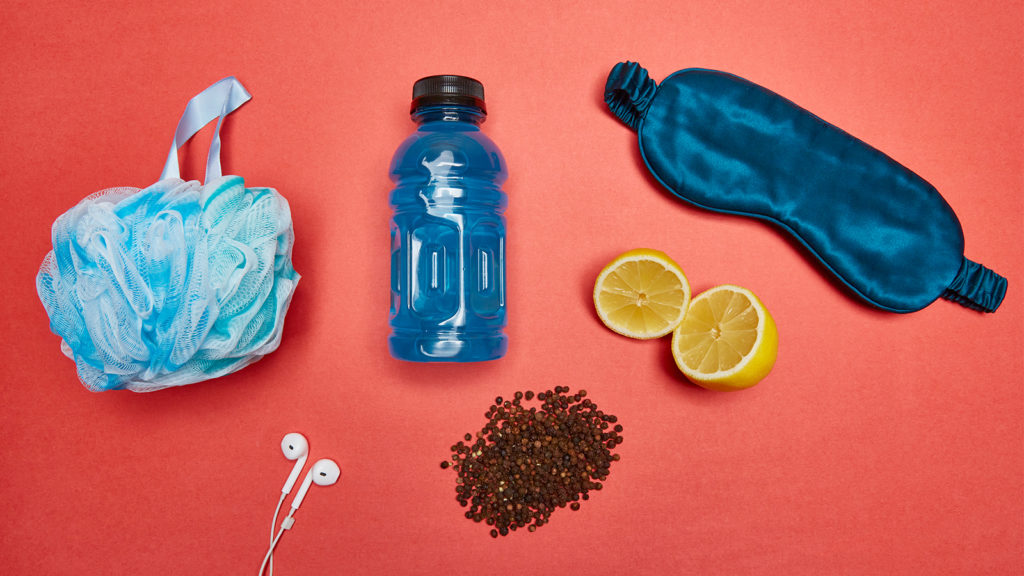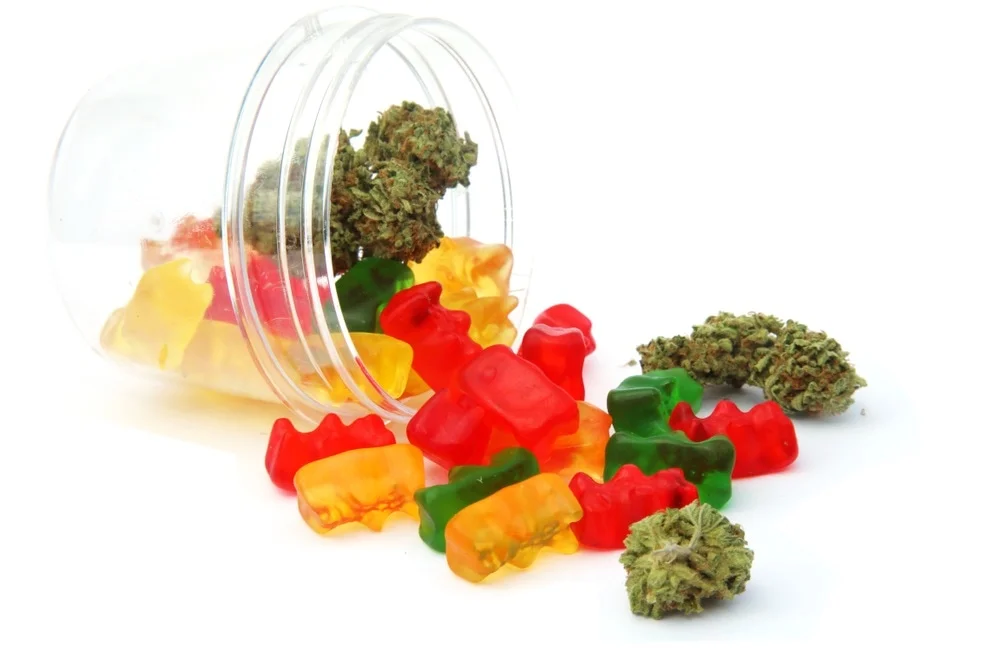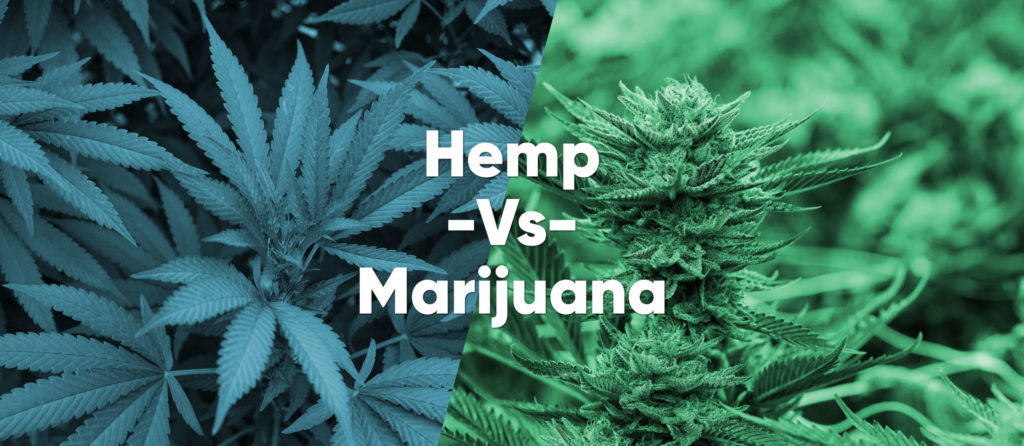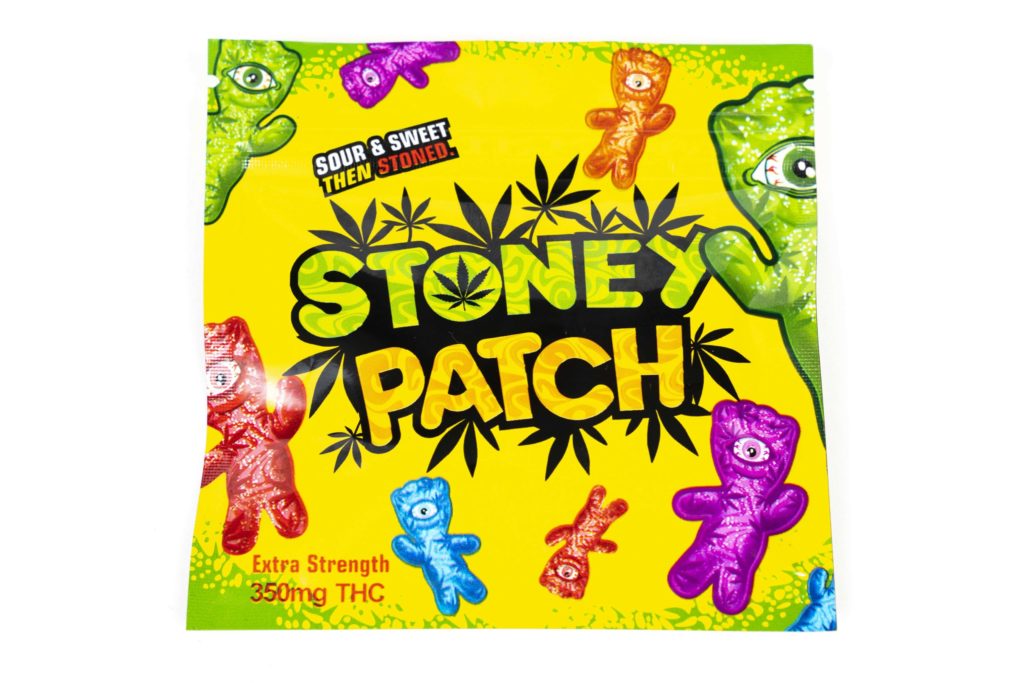How to make cannabutter for edibles with our easy recipe
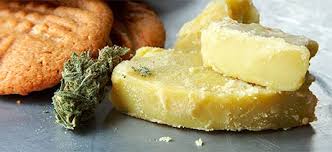
What is cannabutter?
Cannabis-infused butter, or cannabutter, is one of the simplest and most common ways to make edibles. Butter is an ideal medium for cannabis infusion because it’s delicious, versatile to use, and THC needs to bind to fat molecules, which are abundant in butter (as well as oils such as coconut, olive, and vegetable oil).
The infusion process takes a few hours, but it’s easy to do and this recipe will show even beginners how to do it.
As with all edibles, start low and go slow: After making food with weed butter, try a little bit first, wait 45-60 minutes for effects to kick in, and have more only if you want stronger effects.
How is cannabutter used to make edibles?
After you infuse butter with cannabis, you can use that weed butter to make any baked goods, or to simply spread on some toast or other food. People commonly use cannabutter to make weed brownies, cookies, and cakes.
You can use all cannabutter in a recipe, half cannabutter and half regular butter, or some other ratio of regular to cannabutter for milder effects.
Cannabis must first be decarboxylated to properly infuse it with butter. This process converts THCA in the plant into THC, activating the plant’s psychoactive potential in your edibles.
Heat is needed for decarboxylation. When you put a flame to a bowl or joint, that heat decarboxylates the plant material, turning THCA into THC, which will then get you stoned. For cannabutter, decarboxylation is done by heating cannabis at a low temperature in an oven before adding it to the butter.
Note that homemade edibles are difficult to accurately dose. This guide will give you some tips for dosing, but all DIY cannabis cooks should be aware that it’s difficult to guarantee the potency or homogeneity of a batch of edibles.
How to make cannabutter
Making cannabutter is cheap, easy, and only requires a few items (plus some time and patience). Keep in mind that butter burns easily, so keep a close eye on your weed butter as it cooks.
Materials
- Baking sheet
- Parchment paper
- Oven
- Saucepan, stock pot, double-boiler, or slow cooker
- Mesh strainer or cheesecloth
- Container for cannabutter
- Cannabis grinder (optional)
Ingredients
- 1 cup unsalted butter (2 sticks)
- 1 cup water
- 1 cup ground cannabis (7-10 grams), decarboxylated
When making cannabutter, we recommend a 1:1 ratio of cannabis to butter. If you want milder effects, use less cannabis.
Basic cannabutter recipe
- Decarb the cannabis. Preheat the oven to 245ºF. Cover the baking sheet with parchment paper and place the loosely broken up cannabis on it. Heat in the oven for 30-40 minutes. Gently mix the buds every 10-15 minutes to expose all sides of the buds. (Older, drier cannabis may require less time.) Tip: You can also set your oven to 300ºF and heat for 10-15 minutes, although the low-and-slow approach is recommended to better preserve cannabinoids and terpenes.
- Grind or break up the cannabis. Grinders break weed down to the same consistency and will save you time, but you can just as easily break up the weed with your hands. Keep in mind that anything small enough to fit through the mesh strainer or cheesecloth will end up in your finished product, so be careful not to grind the weed into a fine powder.
- Melt the butter. On low heat, melt 1 cup of butter in a saucepan, stock pot, double-boiler, or slow cooker. Add 1 cup of water, which will help regulate temperature and prevent the butter from scorching.
- Add the cannabis. After the butter is fully melted, add in the decarbed cannabis.
- Simmer. Simmer on low heat, between 160-200ºF; don’t exceed 200ºF or you may burn out the cannabinoids. Simmer for 2-3 hours, stirring occasionally. The mixture should never come to a full boil.
- Strain the mixture. Place a mesh strainer or cheesecloth over a jar and pour the butter/cannabis mixture through it. Discard the plant material. Tip: Don’t squeeze out every bit of butter—this will add chlorophyll to your cannabutter, giving it a bad plant taste.
- Refrigerate. Place the jar of butter in a fridge, and let it solidify before using, ideally overnight, or a few hours at least. If excess water forms at the bottom of the jar, remove the solid butter with a knife and drain out the water.
Why decarboxylation is necessary for making cannabutter
Before making cannabutter, you need to decarboxylate, or “decarb,” the cannabis flower. Skipping this step will result in butter that has little to no cannabis effects.
As mentioned above, decarboxylation converts THCA into THC using heat, which will allow the butter to have THC and deliver euphoric effects.
Some recipes call for putting cannabis directly in hot butter, but decarbing before will make your cannabutter more effective, and the less time spent soaking buds, the better your infused butter will taste. For this reason, we recommend decarbing in an oven first.
Why calculating edible dosage is difficult
Many variables are at play when infusing butter with weed, and there’s no exact science or formula to it. Cannabutter can be difficult to dose because its potency depends on a few factors:
- Potency of cannabis used
- How long you heat it when infusing
- Temperature while infusing
These variables are hard to measure and don’t necessarily have easy correlations: Cannabis with 23% THC isn’t necessarily 5% stronger than cannabis with 17% THC; heating cannabutter for two hours instead of one doesn’t necessarily make it twice as strong; and heating it at 180ºF instead of 170ºF won’t necessarily make it stronger.
At the end of the day, its hard to know exactly how potent your homemade edibles are without trying a small amount. To test their potency, try spreading ¼ or ½ teaspoon on a snack and see how that dose affects you after an hour. Then decrease or increase the dose accordingly.
You can then use this personalized dose as a baseline for recipes. If making a large batch of edibles, multiply your personalized dose by the number of treats—for a pan of brownies, multiply your personalized dose by 9, 16, or however many brownies you’ll be making, so each one equals one dose.
Cannabis to butter ratio: How to make cannabutter milder or stronger
When making weed butter, we recommend a 1:1 ratio of cannabis to butter: Our recipe above calls for 1 cup of butter to 1 cup of cannabis.
However, if your weed butter ends up being too strong, you can always use regular butter in addition to cannabutter if you want milder effects. For example, if a recipe calls for 1/2 cup butter, you can use 1/4 cup cannabutter and 1/4 cup regular butter, or another butter to cannabutter ratio.
Additionally, when making weed butter, if the 1:1 ratio of weed to butter seems too strong, you can use half as much cannabis flower—try 1/2 cup of ground flower, or 3-4 grams, to 1 cup of butter.
Likewise, if you want stronger cannabutter, you can add more: Try 1 1/4 cups ground flower to 1 cup of butter, or more.
Once you have made cannabutter, you can’t increase its potency—the only way to increase its effects would be to eat more of it, or more foods made with it.
Edibles recipes: What to make with cannabutter
Once you’ve made some weed butter, the sky’s the limit on the baked goods and foods you can make with it.
Some of our favorite dishes are a brownie recipe from Martha Stewart and a peanut butter cookie recipe—the peanut butter can mask the planty taste of weed, if that’s not your thing.
You can also throw a little bit of weed butter in a pan or skillet before cooking any dish.
Get creative! Anything that calls for butter or can get cooked in butter can have some cannabutter thrown in for a stoney kick.
For more recipe ideas, check out our guide to cooking with cannabis.
Source: Leafly

